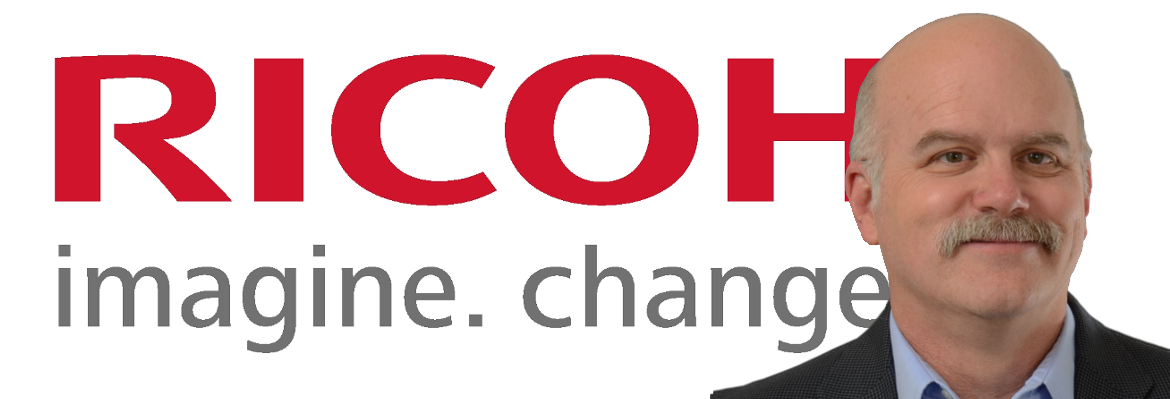In the latest of our interviews with AFP Consortium leaders, we spoke with Jack Condon, Ricoh, who is the president of the AFP Consortium, to discuss the past, present and future of AFP and the AFP Consortium.
Q: What are some of your top agenda items for the AFPC going forward?
Jack: I intend to continue to carry out the work of my predecessors to get the word out about how powerful and flexible AFP is and what it can do for customers' businesses. We’ll continue to focus key areas, including accessibility, data security, and color.
Q: Why do you feel the AFPC is important to the print industry?
Jack: The AFPC does something pretty impressive and vital, in that it allows people and organizations who are normally competitors to join together and focus on what really matters: the customer. All of these entities that are usually in competition can all march together to a common goal.
Q: Do you see AFP becoming more broadly deployed beyond transactional print? If so, in which types of output?
Jack: Yes. AFP in the commercial print space is an exciting opportunity for us -- AFP is the original transpromo system, because every page was designed to be variable data, printed and displayed at high speed.
Q: How do you see the marketplace in ten years?
Jack: It’s hard to guess at specifics. They say the only constant is change, and I think that’s very apt. The marketplace will continue to evolve, and we will evolve with it to meet the needs of our customers.
Q: How will AFP and PDF work together in the coming years?
Jack: As we have been (quite successfully, I would like to think). The ability of AFP to carry PDF objects inside it is immensely powerful platform -- combining the speed, reliability, and rock-solid auditing and accounting of AFP with the tools for creating PDF for graphic applications. Now that we have the AFP/GA Graphics Arts function set in AFP, we can better support the advanced imaging models (transparency and the like) that PDF objects in AFP can provide.
Q: Will there be more options for organizations to look to?
Jack: With new versions of PDF on the horizon, our objective is to continue to support whatever PDF options and versions come down the line that make sense for our customers.
Q: What is the one thing about AFP that you think people should know that they likely don’t?
Jack: AFP is a system for presentation and printing first. It was never intended to be just a data stream – print and presentation were always the goal . All the parts work smoothly together because it was designed with specific goals in mind, including speed and wringing the utmost capability out of the print and presentation devices people use.
Q: In your opinion, what was the most important evolution of AFP you’ve seen over the years?
Jack: The expansion of AFP to include data objects that didn't exist when it was invented -- PDF, SVG, TIF, GIF, JPEG, all the different types of barcodes -- all of that. It did not have to be torn apart to make this happen -- it was designed right, as an elastic, changing system, from the beginning.
Q: What industries do you see AFP being leveraged the most today?
Jack: Clearly, transactional print and presentation. AFP use worldwide shows this.
Q: Where do you expect its adoption to increase in the next five years?
Jack: Improved accessibility through metadata support and AFP tagging, data security, and improved AFP creation tools should allow us to further penetrate the digital presentation space, finance, and forms creation.
Q: What, in your mind, sets AFP apart from other presentation architectures?
Jack: The cleanness of its design and its ability to be expanded to encompass new technologies without having to be ripped apart and put back together again – it was “object-oriented” before anyone really knew what that was.
